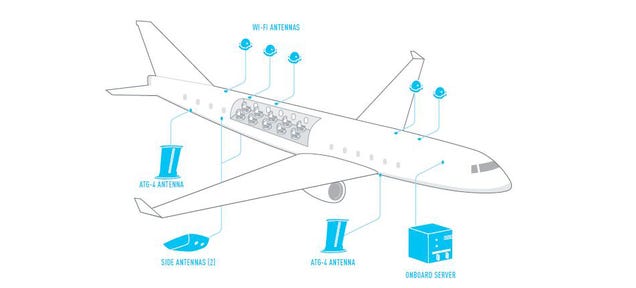We’ve all heard about the gender gap in the IT field. Women simply aren’t thriving in one of the
most promising fields in the United States — and not for lack of talent. And
here’s the truth: It’s not solely a problem for women. It’s a problem for men, too.
In just five years, there will be a million unfilled computer science–related
jobs in the United States. Tech
companies are producing jobs three times faster than the U.S. is producing
computer scientists. There are incredible opportunities here. We need women to
help fill these jobs, and we need them now. Why do women not thrive in the
Technology sector?
Few role models
The technology field devoid of female role models. The old
adage “You cannot be what you cannot see” is true here. Young girls and people
of color have very few modern-day role models in tech. Megan Smith is the Chief
Technology Officer of the United States, but she’s hardly a household name. We
need more modern-day female role models, many more.
Poor pipeline
At most universities, few women make it past the 101,
entry-level computer science class that should welcome all students, regardless
of their prior knowledge of the subject. Instead, women entering this
first-year class too often suffer from negative ambient belonging. From the first
day there, they perceive that the men in the class know much more about
programming than they do. Gaming has traditionally been marketed to boys, so by
the time these boys get to college, the ones who enter CS classes have likely
been gaming for over 10 years. Through finding cheats and discovering the inner
workings of games such as Call of Duty and GTA V, gamers can develop an
understanding of the fundamentals of programming. With the recent explosion of
mobile games, there exists an enormous opportunity to design games that appeal
to girls and young women — and create more familiarity with code.
Sexism
Then there is the issue of plain, old-fashioned sexism. Like
it or not, it’s present in the misogynistic nuances in startup culture, in the
good ol’ boys corporations of the South, and even in the classrooms and
administration of America’s educational system. Sexism might not present itself
as it did in the 1960s Mad Men era; instead it is latent, subtle, but still
very present. It’s things like not being heard in a meeting or a classroom
discussion. It’s the assumption that if you are the woman in the meeting, you
are the admin, or you brought the coffee. It’s being interrupted. It’s not
being given the chance to prove yourself.
So what now?
Women need to be more assertive; we should ask for raises
and believe we are worthy of that raise. Younger women should find a sponsor —
not just a mentor, but a true sponsor who will go to bat for their career.
Above all else, women need to support women. We often have
to work harder than men to prove our worth in the workplace — and this means
that sometimes we don’t look up from our desks in order to reach out and
support a co-worker. That’s got to stop.
And finally, we need male allies, because we need each other
in the workplace. Teams with women are more productive, have a higher
collective IQ, and achieve more. Teams with women have a broader perspective
that results in the creation of products that serve a greater breadth of
humanity. Women offer diversity, and diversity drives innovation.
“A true male ally,” one woman said to me recently, “is a man
who is willing to defend women when there are no women in the room.” So men,
stand up and be counted. It will help us all.



